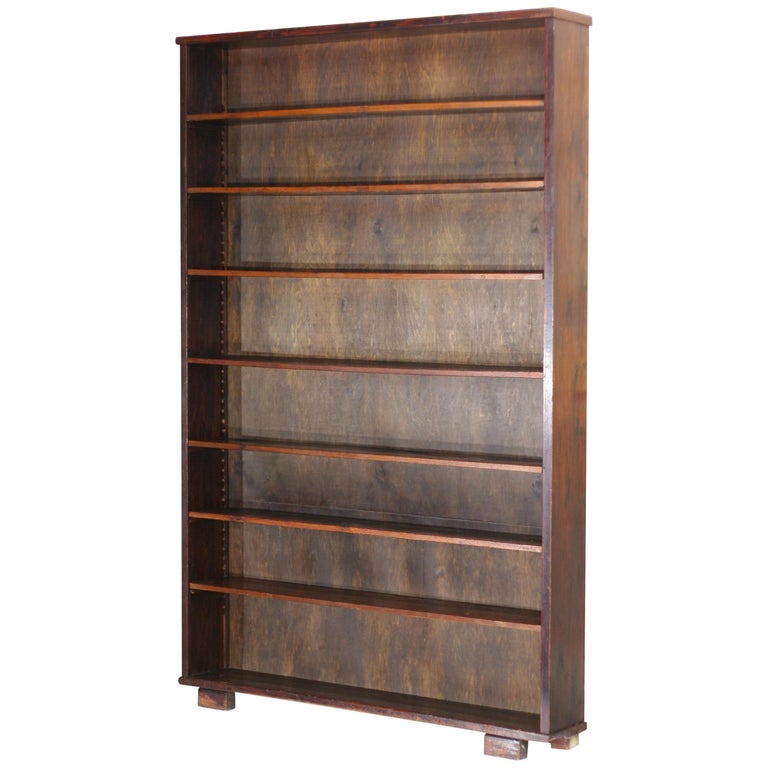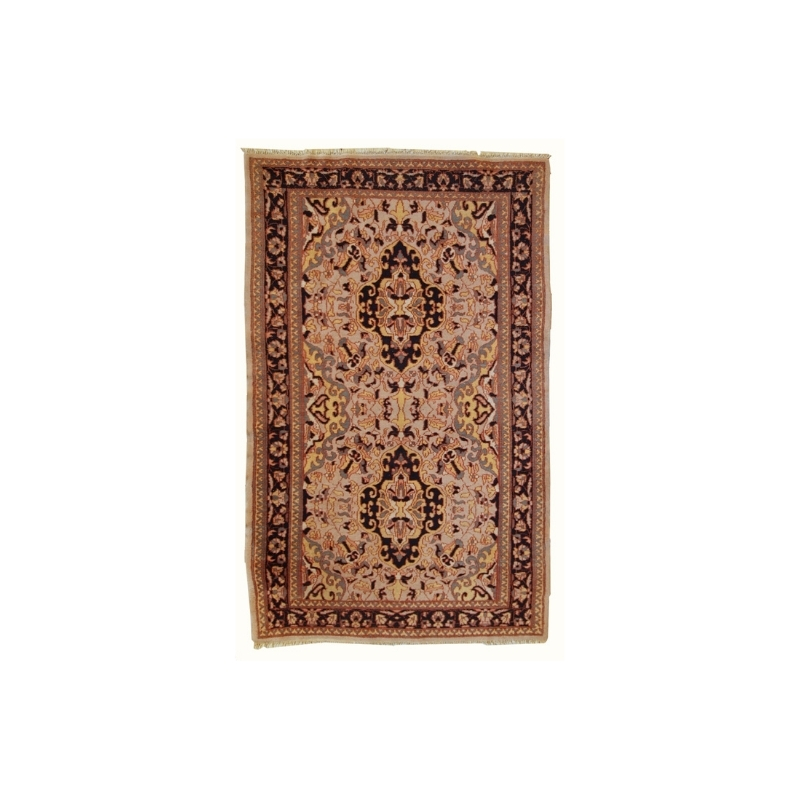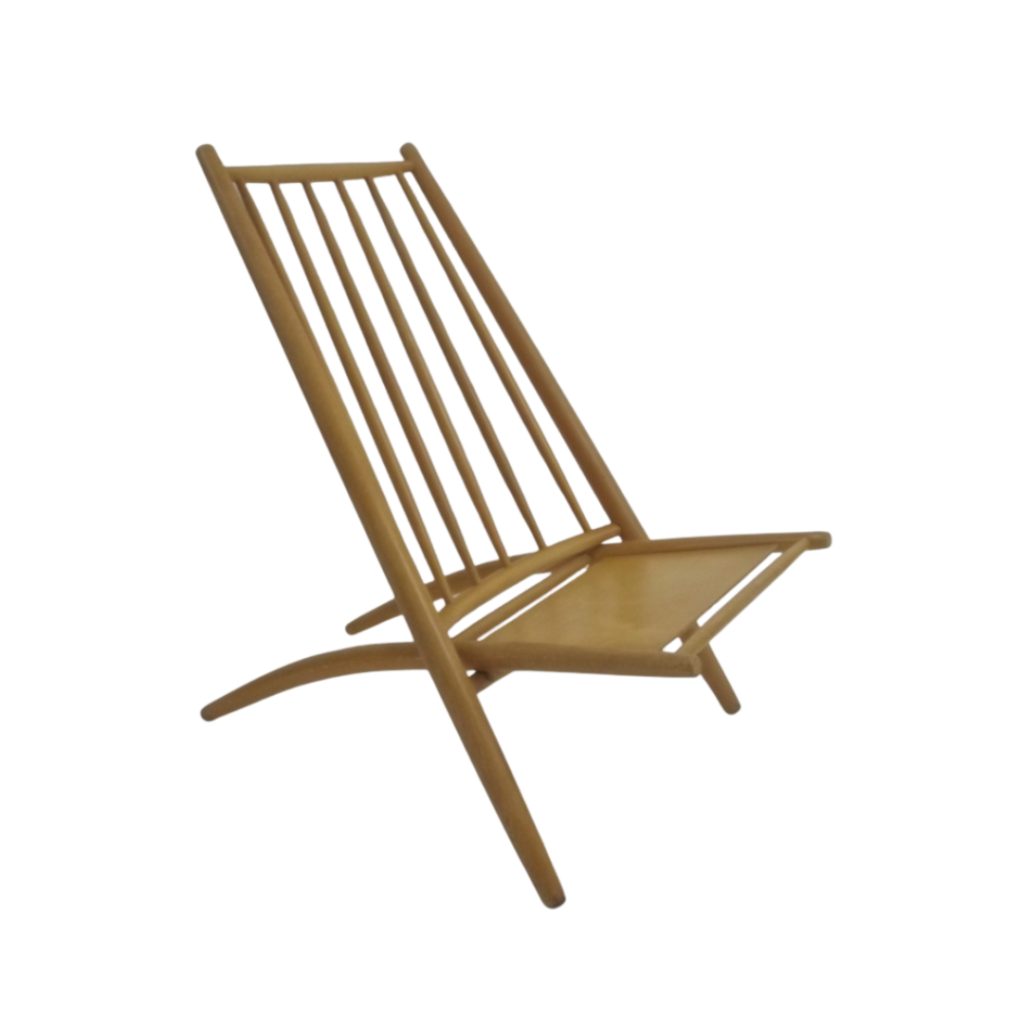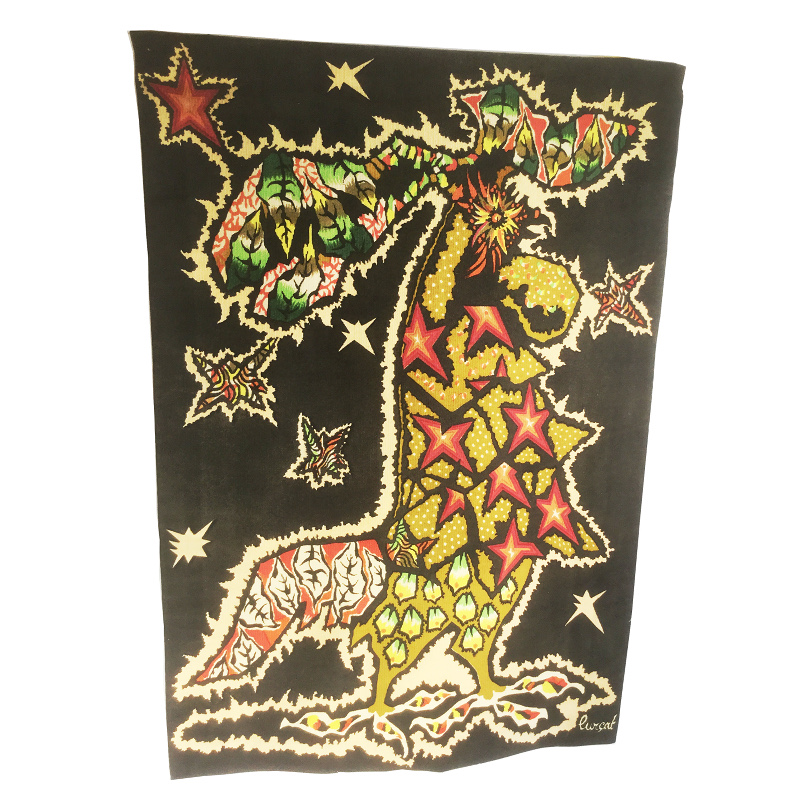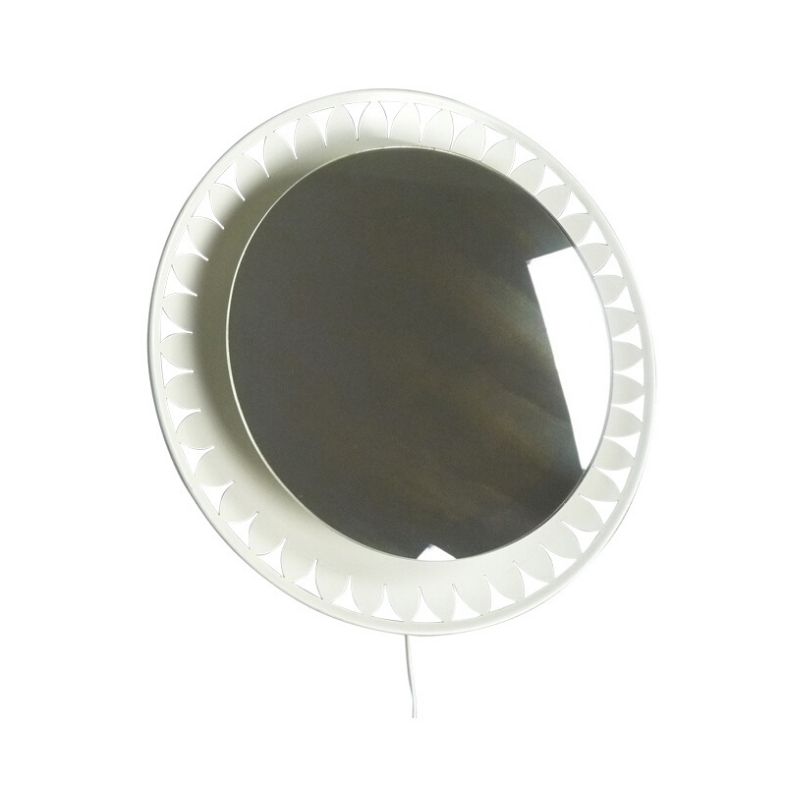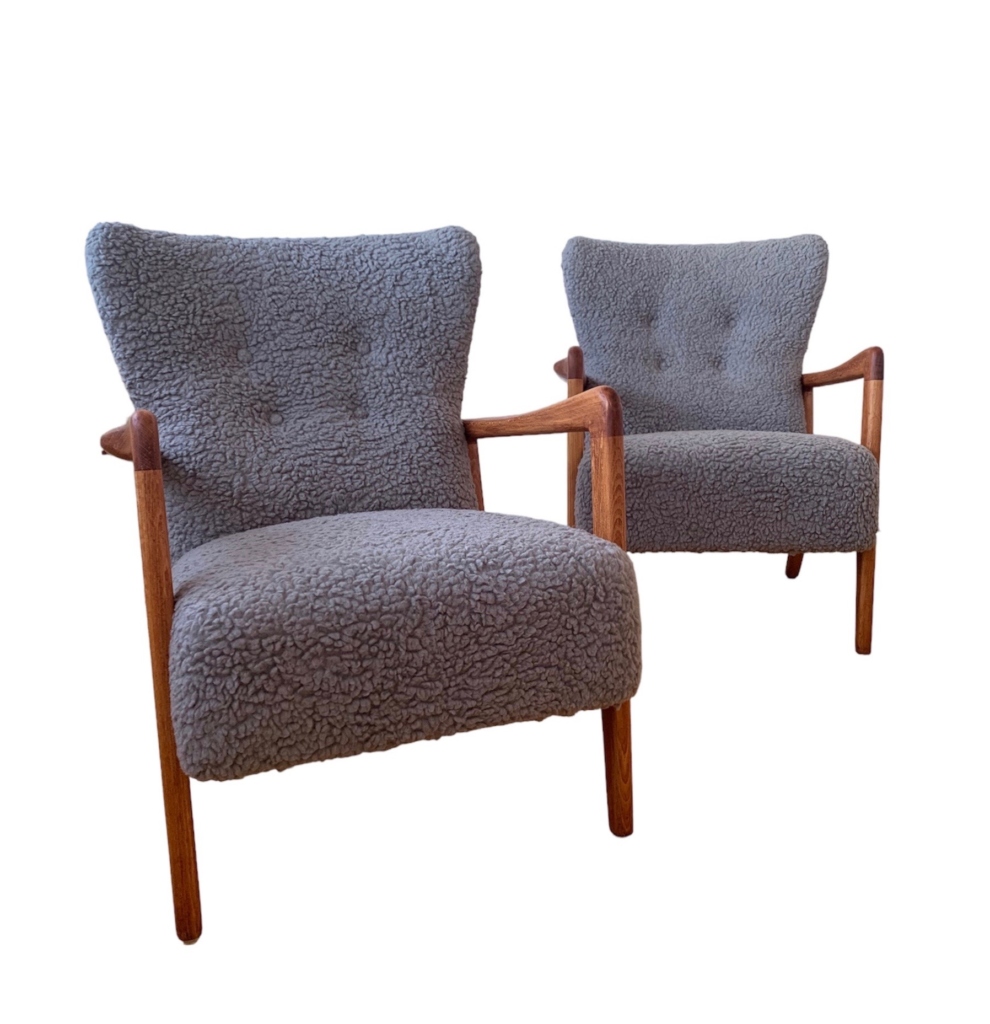Thanks to all for helping to shed some light on the fascinating history of these great chairs!
FWIW, I had the opportunity to spend some weeks working at Kykuit, the Rockefeller estate in Pocantico Hills, back in 1991 in preparation for opening the house to tours. To my disappointment, we never got the chance to visit the "Japanese House" just yards away as Happy was still sometimes in residence there and, thus, it was strictly off-limits. I am left to only imagine the treasures in that place.
Would it be too late to make a pilgrimage, now tktoo ?
To start at the beginning -- why are these modern Windsor models called "straight" ? Is that a Nakashima term ? I am admittedly a neophyte in the fascinating world of Nakashima.
When we hear that a chair is made of a variety of species, and stained, the antenna goes up. Would George Nakashima have permitted stain on the premises ? Is that one of the concessions which was made to accommodate a production contract ?
"The backs are solid, not laminated or bent." How is this possible -- by band-sawing the back from a very wide and thick slab, thus wasting a tremendous amount of wood and producing a piece with short-grain and thus very fragile ends ? I don't think so -- so they are either bent or laminated, wouldn't you say ?
Yes thanks to everyone for all the information. Would have been great to see inside the Japanese house. The pictures look fantastic.
I have always seen them referred to as straight chairs or straight back chair and assumed it was the Nakashima term. As to the different species, I believe the originals were made using a variety of species. Some of the examples I looked at on dibs seemed to be misidentifying the woods on the chairs also and contained a variety of species. The staining I dont know. These look like they were stained later on.
edit: looking at them again there isnt any beech. Ash seats/backs. Hickory? Maple? legs/spindles and the rear leg stretcher is oak on all of them. The staining may also be original. I can't tell.
The hand tool marks on the older/vintage Nakashima chairs are what makes them unique and distinguishes them from the other look alikes made using all machine tools. Look at the scooped seats, if yours are uneven and the shape varies slightly from one chair to another, it is an older hand made example. The back rail and seat will also have some blade saw marks. I hope your chairs still have these and had not been sanded and refinished. Nakashima uses hand rubbed tung oil finish on his furniture (see the book The Soul of a Tree by George Nakashima).
I have not seen an older vintage example with the all black finish..
It could be noted that this chair is a reduction-to-the-essentials of the Windsor type. I'd love to know how those turned stretchers under the seat are joined to the legs; that joint is being acted upon in withdrawal and is the only thing keeping the legs from splaying outward under the weight of the user. A wedged tenon, perhaps ? Their extreme proximity to the upper end of the leg is what increases the stress on the joint . . .
It is probably easier to look at the images of the book I mentioned above on how Nakashima assembled the spindles of the chairs to the seat and top rail using contraction and expansion (just like how traditional windsor chairs are put together).
The Soul of a Tree: A Master Woodworker's Reflections by George Nakashima
The stretchers are mortise and tenons joints to the legs and the same with the top of the legs to the underside of the seat. The top of the spindles are shaped to fit the holes to the underside of the arched top rail and the bottom of the spindles have tenons to fit the holes on top of the seat.
Disclaimer: I can do correct repairs on damaged furniture (by copying how the original damaged parts were made) but do not consider myself a woodworker. I only own basic hand tools like a chisel, handsaw and various kinds of hammer. so apologies if I may have not used proper woodworking termininology.
Your terminology seems perfect. I have twice repaired such chairs, using two very different techniques. I am nevertheless surprised that a master woodworker would rely on a simple mortise and tenon for a spindle-to-spindle joint subjected to such strong withdrawal stress. Perhaps there's more there than meets the eye . . . ?
Thank you ! I don't believe I ever seen such a diagram -- for any spindled chair. Very helpful.
I really don't know how such pins are expected to add to the strength of the joint. Maybe they're just there to please the workman, before the glue sets and the chair disappears from the workshop ?
On the other hand, we see that glides of some sort are added to the bottoms of the legs.
SDR: we must be seeing different things here.
A little metal nail through the tenon and up into the leg would make that joint significantly more durable especially to withdrawal stress. Withdrawing a tenon that has been nailed is extemely difficult short of drilling holes around the nail head and pulling the nail or breaking the mortise.
Note that I mean durable in the sense that technically the joint has already failed as it is wiggles, but as a practical matter, the sitter will not land on the floor because the joint will not completely fail (separate) for a long time yet.
I suppose, if the nail was long enough, and went through the pin of the leg or spindle at a shallow enough angle, it could help. The nails that are shown in the drawing, appearing to be placed closer to parallel with the pins they are anchoring than crossing them, seem largely useless to me. But I can't imagine Nakashima and co. doing something feeble -- and the apparent strudiness of the chair seems to bear that out.
But why not remove all doubt, and wedge-tenon or cross-pin where possible ? Most Windsor chairs have legs which penetrate the seat, don't they ?
It's those leg stretcher spindles I worry about most, as the stress is in withdrawal. But then, I'm pretty conservative when it comes to structure -- making up for my liberality elsewhere !
I cannot speak for everyone but the vintage examples that I have do not have nails or any kind of hardware to attach the parts together (as seen on that diagram). I undertstand the comments about the legs but the example I am sitting on at this moment seem to do the job the way Nakashima intended.
In his book (The Soul of a Tree) by Nakashima shows how the studio shrinks the spindles using heat lamps and allows them to expand back when fitted to the holes (like a traditional Windsor chair).
If you need any help, please contact us at – info@designaddict.com



